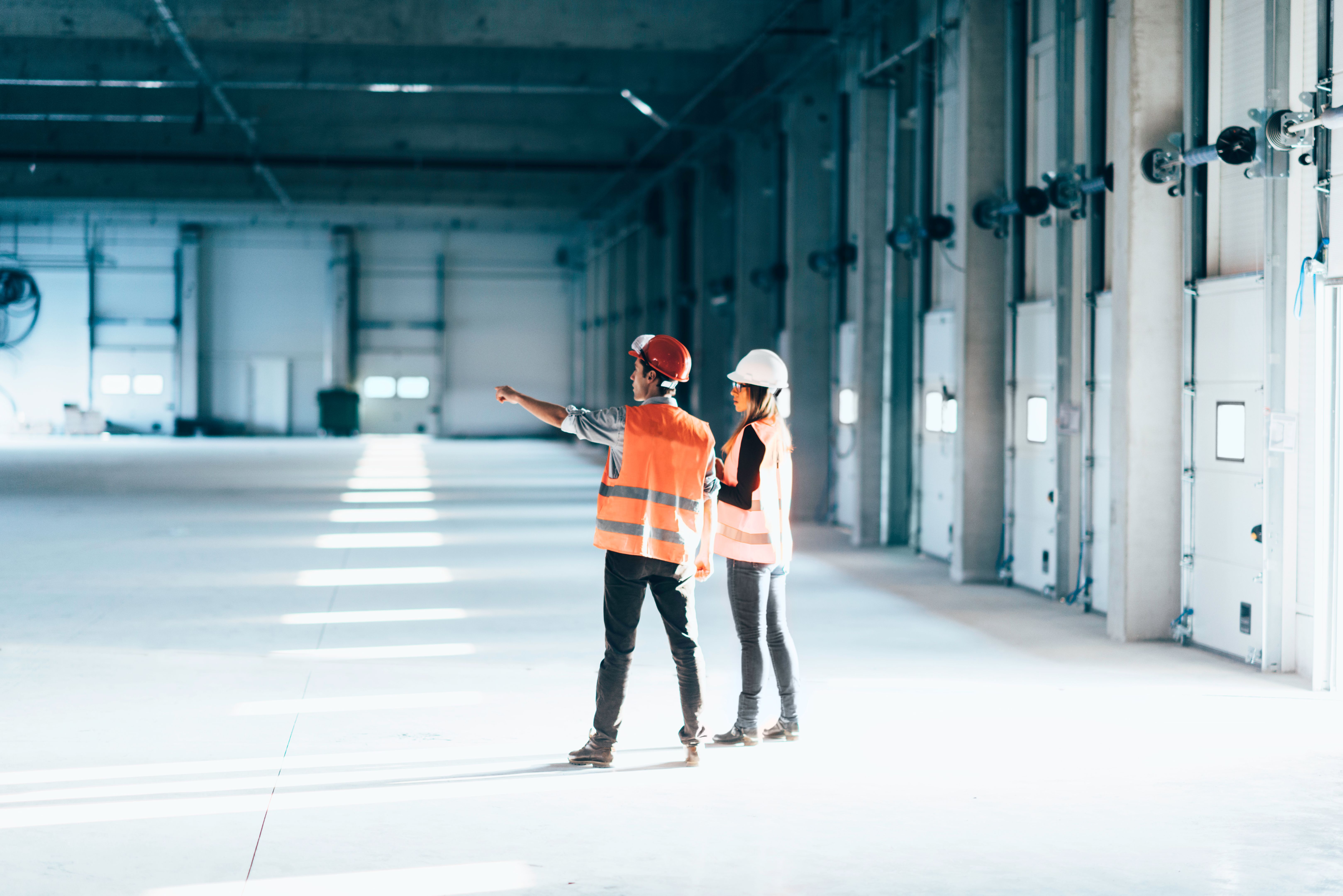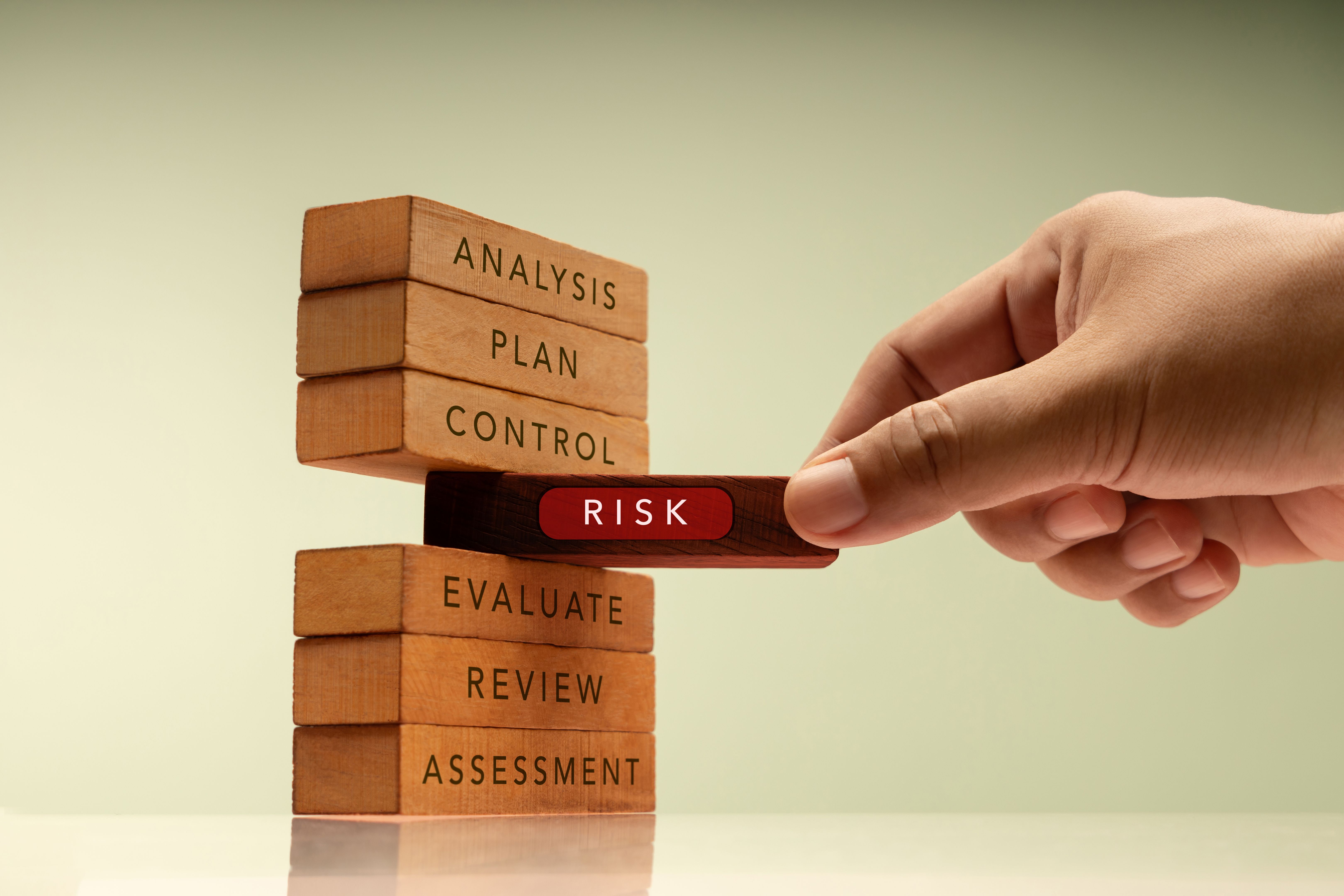Long-Term Equity Concerns: The risk of deferred maintenance.
Understanding Deferred Maintenance
Deferred maintenance refers to the practice of postponing necessary repairs and maintenance activities, usually due to budget constraints or resource limitations. While it might seem like a convenient solution in the short term, it can lead to significant risks that affect both property value and safety. Over time, small issues can escalate into major problems, requiring more extensive and costly repairs.
In many cases, deferred maintenance can negatively impact the structural integrity of a building, leading to potential safety hazards. For property owners and managers, understanding the importance of timely maintenance is crucial to prevent these risks.

The Impact on Insurance Coverage
Insurance companies are keenly aware of the risks associated with deferred maintenance. Properties with a history of neglected repairs may face higher insurance premiums or even difficulty in obtaining coverage. Insurers view deferred maintenance as an increase in risk, which can lead to more frequent claims or severe damage.
To mitigate these risks, insurance companies often require property owners to maintain their buildings adequately. Failing to do so can result in denied claims if an incident occurs. For example, if a roof collapses due to long-term neglect, the insurer might refuse to cover the damage, citing inadequate maintenance as the cause.
Proactive Measures for Property Owners
Property owners should adopt a proactive approach to maintenance to not only safeguard their investment but also ensure compliance with insurance requirements. Regular inspections and timely repairs are essential components of effective property management.

Liability Concerns: Safety and Legal Implications
Deferred maintenance can also lead to significant liability concerns. If a visitor or tenant is injured on a property due to unsafe conditions caused by neglected repairs, the property owner could face legal action. Such incidents could result in costly lawsuits, damaging both reputation and finances.
Legal responsibilities for property safety are taken seriously by courts, and property owners are expected to maintain premises that are free from hazards. This includes addressing issues like broken handrails, uneven flooring, or faulty electrical systems promptly.
The Role of Routine Inspections
Routine inspections play a critical role in identifying potential hazards before they become significant problems. By scheduling regular check-ups and addressing minor issues early, property owners can avoid larger liabilities and legal challenges down the line.

Financial Repercussions of Deferred Maintenance
The financial consequences of deferred maintenance extend beyond immediate repair costs. Neglected properties often experience a decline in value over time. This depreciation can affect resale value and rental income potential, ultimately impacting the owner's bottom line.
Furthermore, the costs associated with emergency repairs due to deferred maintenance are typically higher than planned maintenance expenses. Investing in regular upkeep is not only a cost-effective strategy but also a wise financial decision.
Creating a Maintenance Schedule
Developing a comprehensive maintenance schedule is key to managing property upkeep effectively. This schedule should outline regular tasks such as HVAC servicing, roof inspections, and plumbing checks. By adhering to this plan, property owners can ensure their assets remain in optimal condition.
In conclusion, while deferring maintenance may seem like a viable short-term solution, the long-term risks to insurance coverage, liability exposure, and financial health are significant. Prioritizing regular maintenance and inspections is essential for safeguarding property investments and ensuring safety and compliance.
Contact us today to hear our magic wand solution, by heading to the home page and filling out the contact form. Plus, we would love your feedback on our content!
